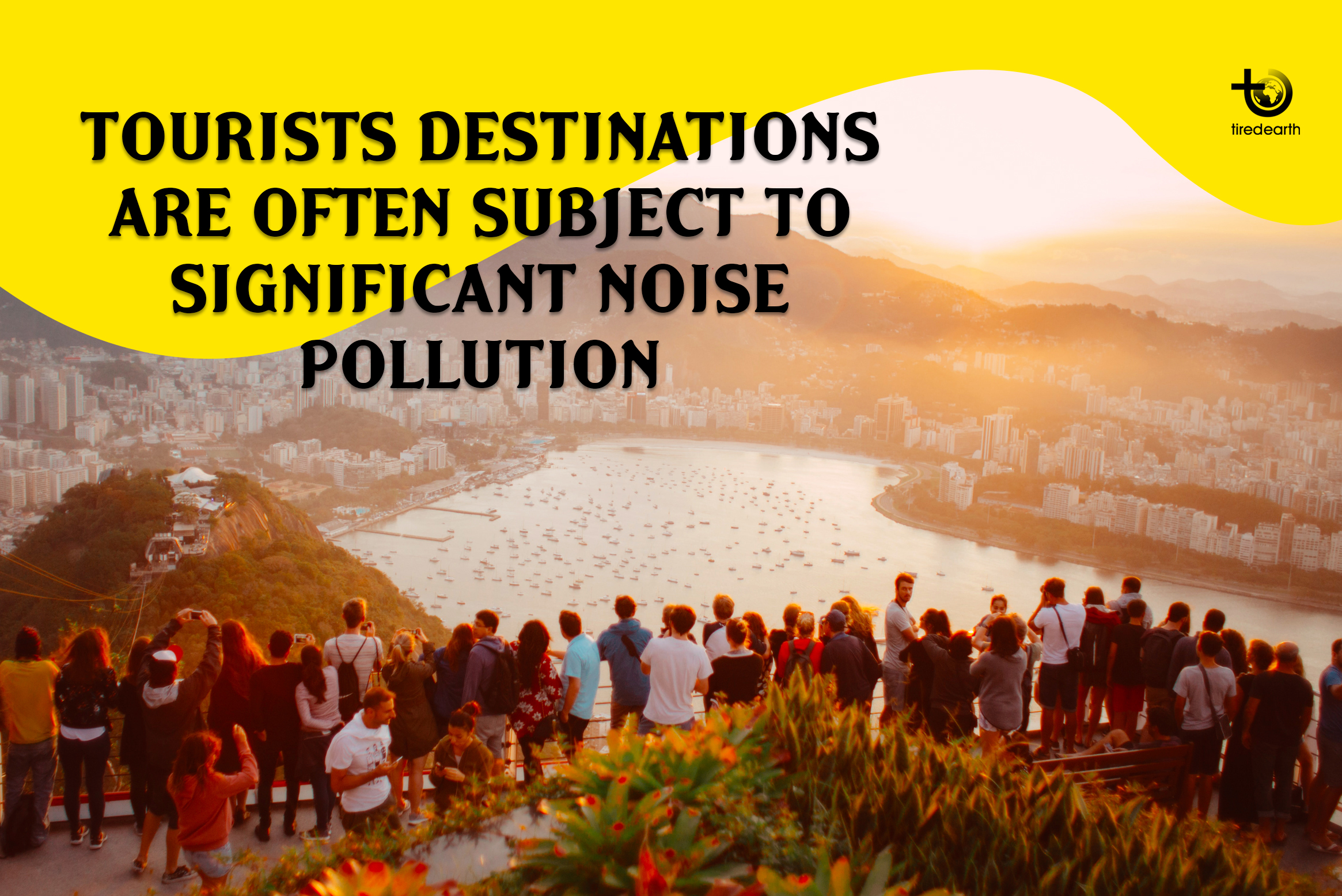Tourism can cause the same forms of pollution as any other industry: air emissions, noise, solid waste and littering, releases of sewage, oil and chemicals, even architectural/visual pollution. Some of the ways in which tourism adversely impacts the environment have been mentioned below:
Air pollution
Transport by air, road, and rail is continuously increasing in response to the rising number reported that the number of international air passengers worldwide rose from 88 million in 1972 to 344 million in 1994. When a large number of tourists are involved, it invariably leads to a greater use of the transportation system. We all are aware of the fact that emissions from automobiles and airplanes are one of the biggest causes of air pollution. When a large number tourists use these modes of transport to reach a particular attraction, it pollutes the air both locally and globally.
Due to the rapid growth in international tourism, tourists now account for nearly 60% of air travel.
In many places, buses or other vehicles leave their motors running to ensure that tourists return to comfortable air-conditioned vehicles. Such practices further pollute the air.
Sewage generated by tourists
Construction of hotels, recreation and other facilities often leads to increased sewage pollution. Wastewater has polluted seas and lakes surrounding tourist attractions, damaging the flora and fauna. Sewage runoff causes serious damage to coral reefs because it stimulates the growth of algae, which cover the filter-feeding corals, hindering their ability to survive. Changes in salinity and siltation can have wide-ranging impacts on coastal environments. And sewage pollution can threaten the health of humans and animals.
Noise pollution
Noise pollution from airplanes, cars, and buses, as well as recreational vehicles such as snowmobiles and jet skis, is an ever-growing problem of modern life. Tourists destinations are often subject to significant noise pollution. Tourists vehicles entering and leaving natural areas create a lot of noise. Such noise is the source of distress for wildlife. Loud music played by tourists in forested areas also disturbs the animals living in the area. Often, noise generated by tourist activities for long-term alters the natural activity patterns of animals.
Tourism and natural resources
The depletion of natural resources is a growing concern especially in places where resources are already scarce. In such areas, the local flora and fauna might be deprived of the resources needed to sustain their lives. For example, large volumes of water are consumed to cater to the needs of the tourists, run hotels, swimming pools, maintain golf courses, etc. This can degrade the quality of water and decrease the volume of water that is available for the local population, plants, and animals. It is not only the water resources that are depleted. Unsustainable practices by the tourist industry can also put pressure on other resources like food, energy, etc.
Littering
In areas with high concentrations of tourist activities and appealing natural attractions, waste disposal is a serious problem. Irresponsible tourists often litter the tourist spots visited by them. Today some cruise lines are actively working to reduce waste-related impacts. Solid waste and littering can degrade the physical appearance of the water and shoreline and cause the death of marine animals.
Tourism has been a part of the human experience as long as there have been distant places to go and experience. Before you start your next travel adventure be sure to take some environmental values with you. To reduce your ecological footprint as a tourist be sure to conserve the amount of water you use, dispose of waste appropriately, tread lightly on the land, and become aware of the local ecosystems you choose to visit. Wherever you may go in the world do your best to support green businesses and minimize your impact on the environment.













Comment
Reply